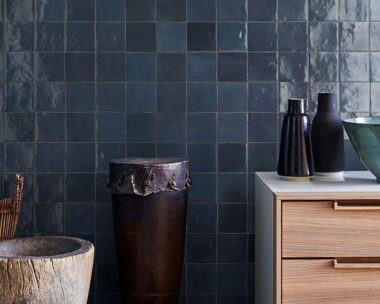In the distant past of last century, when all gardens had a rhubarb patch, children were force-fed the vegetable becauseit was good for the bowels.
“Plenty of roughage,” mothers explained with relish.
It was hardly an appealing advertisement for the stuff.
However, on the other hand, it was wonderful in a pie or stewed with ginger or cloves and brown sugar and served with indecent amounts of whipped cream.
Now it’s definitely back in style and, luckily, it’s fairly easy to grow.
Give it a cool climate, plenty of sunshine and fertile, well-drained soil, and it’s as happy as can be. If you don’t have good soil, all is not lost. Throw in plenty of compost or manure, plus gypsum or some roughage (that word again) to improve drainage, and your rhubarb should survive.
High & dry
Rhubarb won’t tolerate wet feet, so if you’re starting a whole new patch, consider planting it in a raised bed.
This will solve the problem of drainage and makes it far easier to provide the perfect growing medium.
Use manure on the base, followed by a mix of soil and compost and finally a layer of fresh, clean soil, which you’ll place your plants into.
Divide & conquer
You can grow rhubarb from seed, but it takes forever. Far better to embark on a “get to know the neighbours” campaign and find someone who’s already got some.
Plants can easily be divided by splitting the crown with a sharp spade. Plant the divisions about a metre apart with the buds just below soil level.
While rhubarb’s growing, keep it well watered through the dry periods and mulch with a layer of compost or pea straw to help keep the moisture in. Those gorgeous big leaves suck up water like crazy.
Give it a general fertiliser with some potassium in spring and watch out for slugs and snails.
Be patient
The only disadvantage with the crop is it needs a two-year period to get established, so harvesting in the first year is not a great idea. If you really can’t wait, harvest only sporadically in the first season.
As soon as the stalks are big enough (around 25 to 30cm-long is a good rule of thumb) grab them close to the ground, then twist and pull.
If they’re reluctant to let go, cut as close to the base of the plant as possible. Take care not to damage new shoots.
Remove any flowering stems as soon as they appear. Compost the leaves or chuck them, since they’re poisonous to animals and chooks.
Something sweet
In warmer environments the stems tend to be a less vibrant red, but their nutritional value and fibre content are unaffected.
And the taste, especially when stewed and served with buckets of cream and different spices, will be just as good as the rhubarb you ate as a child.
We have lots of delicious rhubarb recipes too!




